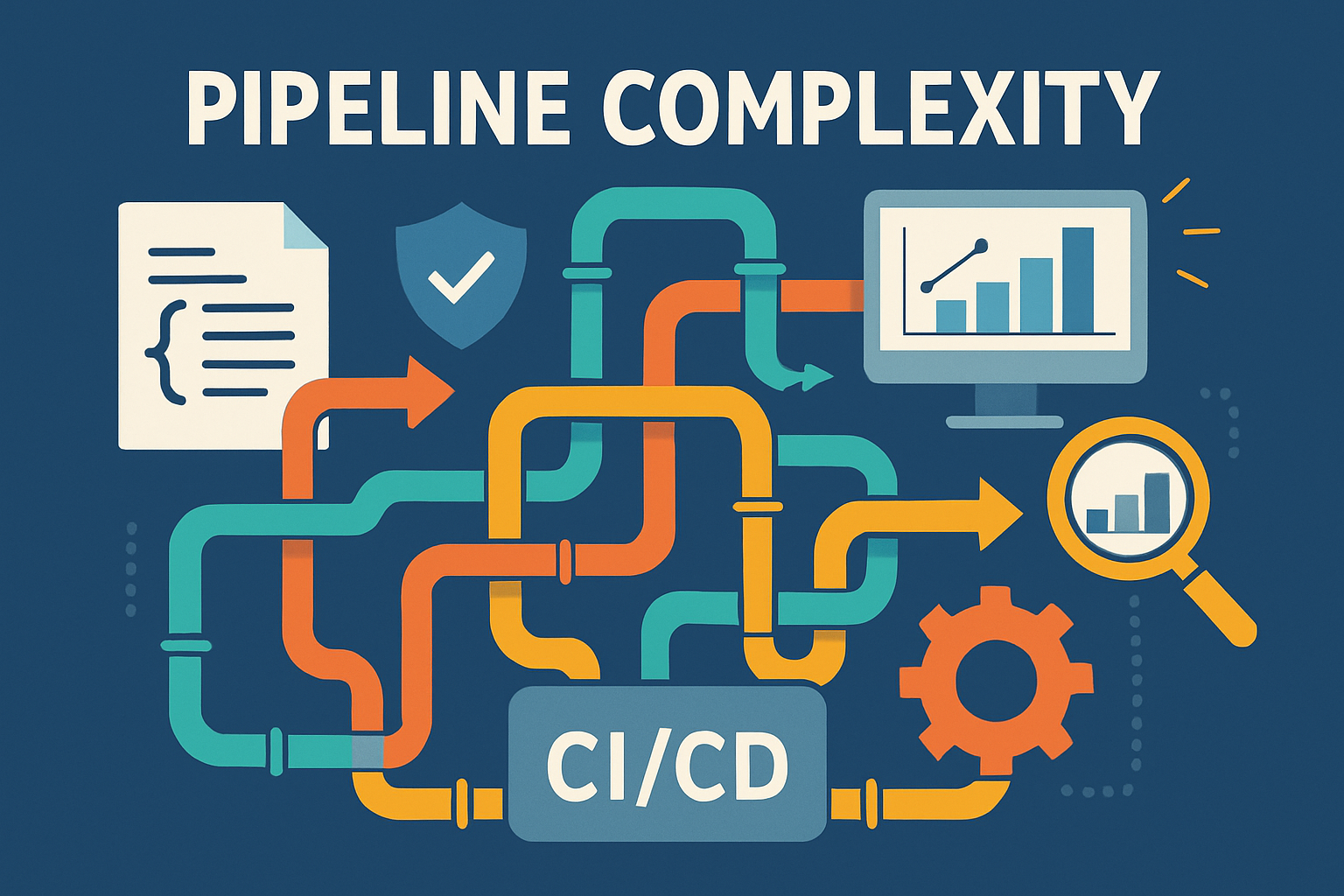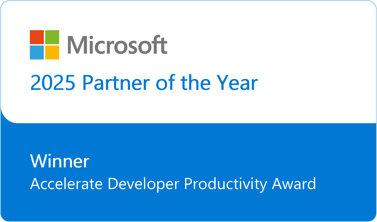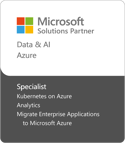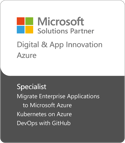As organizations near the final stages of repository modernization, one of the most persistent challenges emerges: pipeline complexity. While migrating code and enforcing governance are foundational, modernizing CI/CD pipelines is where many efforts either stall—or succeed spectacularly. Elevate helps teams navigate this complexity with clarity, automation, and actionable insight.
Pipeline Complexity: The Final Hurdle
CI/CD pipelines are often deeply embedded in legacy tooling and practices. They may include:
- Dozens of steps across multiple environments
- Custom scripts written years ago with little documentation
- Secrets and environment variables scattered across systems
- Unsupported or deprecated tasks that break during migration
For example, one enterprise discovered that 30% of their pipelines were classified as “very high complexity.” These pipelines included over 25 variables, multiple custom scripts, and dependencies on outdated build agents. Without a clear view of this complexity, migration would have been risky and error-prone.
Elevate’s pipeline audit engine analyzes each pipeline’s structure and flags potential issues. It provides:
- A migration complexity score
- A breakdown of steps, secrets, and unsupported tasks
- Historical run data to assess stability and performance
This level of insight allows teams to prioritize which pipelines to modernize first and which to defer or redesign.
Dry-Runs and Migration Audits
Before executing a migration, Elevate enables dry-runs that simulate the process. These dry-runs:
- Identify blockers like missing container images or incompatible YAML syntax
- Estimate migration time and effort
- Generate audit logs for compliance and planning
For instance, a global SaaS provider used Elevate to run dry-runs on 400+ pipelines. They discovered that 18% required remediation due to hardcoded secrets and unsupported deployment steps. With this knowledge, they created a remediation backlog and assigned tasks to the appropriate teams—avoiding costly surprises during production rollout.
Conversational AI: Simplifying the Complex
To make pipeline modernization more accessible, Elevate includes a conversational AI agent. This assistant can:
- Answer questions like “Which pipelines failed their last run?”
- Suggest migration batches based on complexity and readiness
- Export filtered lists of repos and pipelines to Excel for further analysis
For example, a DevOps manager asked, “Show me all repos with pipelines that haven’t run in 90 days.” The AI agent returned a list of stale pipelines and offered to create a batch called “Dormant Pipelines” for review and cleanup.
This natural language interface reduces friction and empowers both technical and non-technical stakeholders to participate in planning and execution.
Conclusion
This five-part blog series has walked through the full lifecycle of repository modernization using Elevate. Let’s recap the journey:
- Part 1: The Case for Migartion and Modernization
We explored why legacy repositories hinder progress and how modernization unlocks agility, security, and innovation. - Part 2: Automation as the Catalyst
We showed how Elevate automates discovery, planning, and execution—reducing manual effort and accelerating GitHub adoption. - Part 3: Governance and Compliance at Scale
We introduced GitHub WAF and demonstrated how Elevate enforces best practices across security, architecture, collaboration, and governance. - Part 4: Portfolio Management and Developer Enablement
We highlighted how Elevate empowers teams through workload design, self-service portals, and strategic alignment with business goals. - Part 5: Pipelines, Complexity, and the Power of Automation
We tackled the challenge of pipeline modernization and showed how Elevate’s audit tools and conversational AI simplify even the most complex scenarios.
Together, these capabilities form a comprehensive blueprint for organizations looking to modernize their software delivery. Elevate doesn’t just help you migrate—it helps you transform. It turns modernization from a one-time project into a continuous capability, embedded into the fabric of your engineering culture.
BACK:
Part 4: From Insight to Action — Portfolio Management and Developer Enablement










